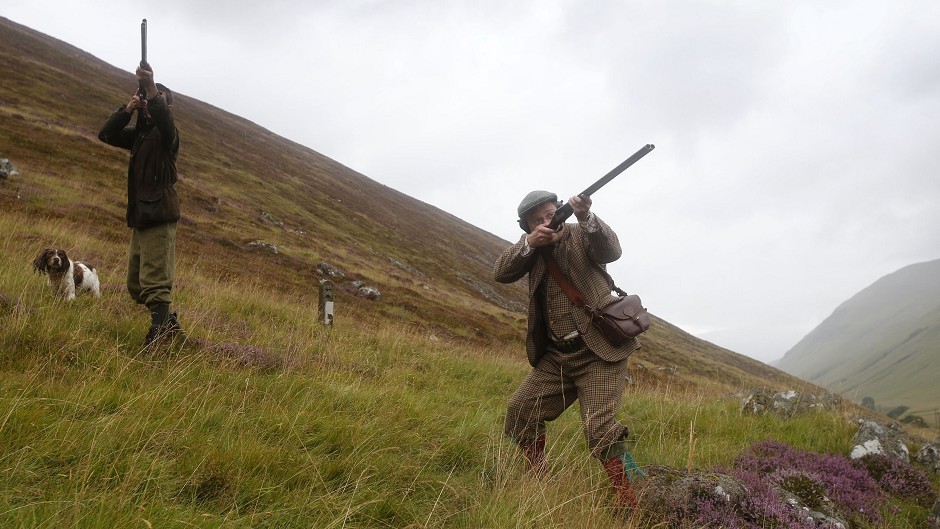It is the ultimate rural student job – a few days in the company of the “country set” taking part in the annual shoot.
And now, the Scottish Gamekeepers Association is looking to track down Highland captains of industry who started their high profile careers in the more modest surroundings of the beating line.
Work as a grouse, pheasant or partridge beater on shoot days has, for decades, provided important seasonal employment in rural areas for youngsters and students as well as retirees.
Unlike potato and berry picking, no longer the preserve of the “Tattie Holiday” brigade, beating and ‘flanking’ remains popular, with between 25 and 50 people employed on an average driven shoot day.
Beaters flush birds from cover towards ‘Guns’ who travel from all over the world to shoot in Scotland as part of an industry worth £200m a year to the economy and supporting 8800 full-time jobs.
Anecdotally, a number of high profile business people have spoken of how formative experiences of shoot day discipline held them in good stead in the commercial world in later life.
Now the Scottish Gamekeepers Association wants to hear from these individuals in order to build a more accurate picture of rural working life and skills development.
It also wants to explore if more can be done to maximise opportunities between estates and education providers.
“Many of us have had informal conversations on shoot days with people who been very successful, commercially, but started out as youngsters, beating on estates,” said SGA Committee Member, Iain Hepburn, Head Gamekeeper at Dunmaglass Estate in Inverness-shire.
“On shoot days, you can maybe have loaders, 25 beaters, 6 flankers and 4 or 5 pickers-up.
“These individuals will earn £50 a day, taxed like other earnings, and that might not seem too much to many people.
“But in remote communities, miles from bigger towns, there are very few other opportunities for young people to make their own money, which can make a difference to their outlook.
“People coming on a shoot day need to be disciplined, team-working, punctual, smart, conscious of health and safety at all times and able to interact with people from all walks of life.”
SGA Chairman Alex Hogg said keeping such opportunities alive acts as a community ‘glue’.
“These events bring together, in some cases, whole families and generations as well as neighbours. It is important to have that and we hope to hear from people who have benefitted so we can build on it in future.”
People who have progressed into other industries after youthful days in the beating line can contact the SGA on info@scottishgamekeepers.co.uk or call the office on 01738 587 515.
